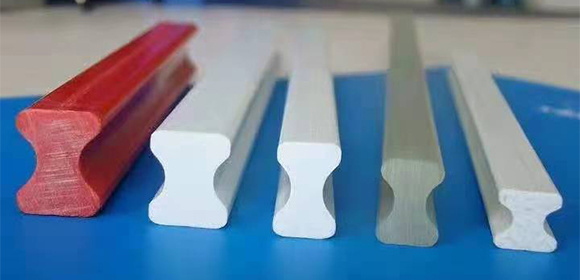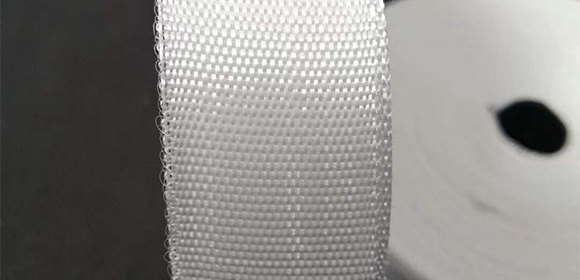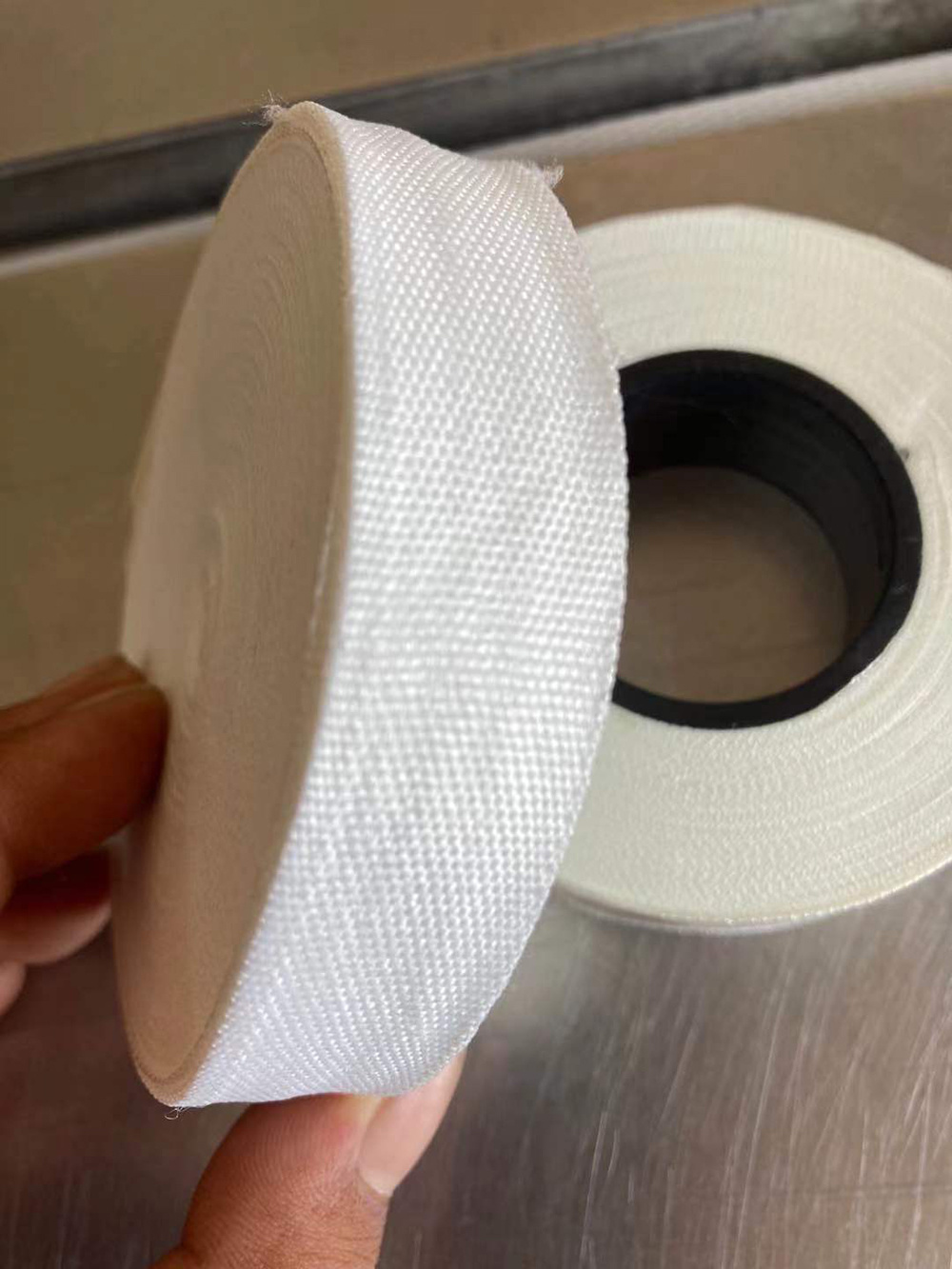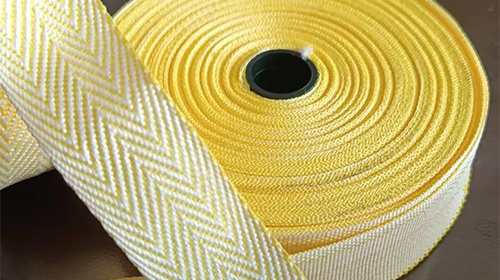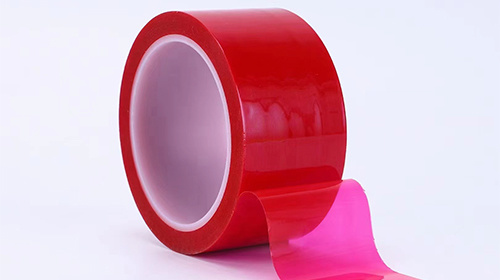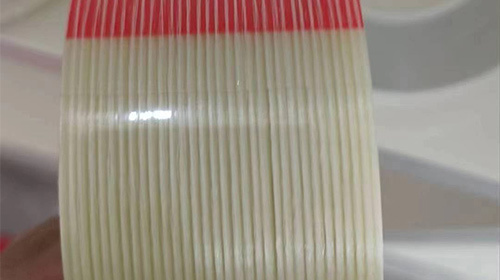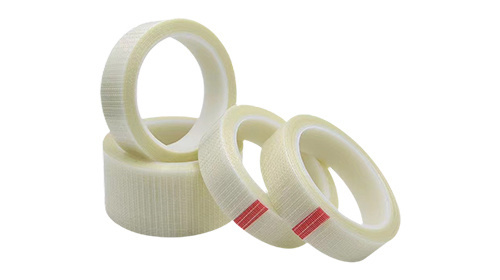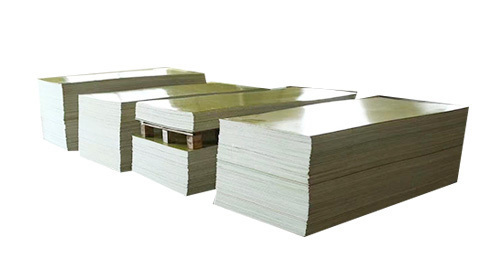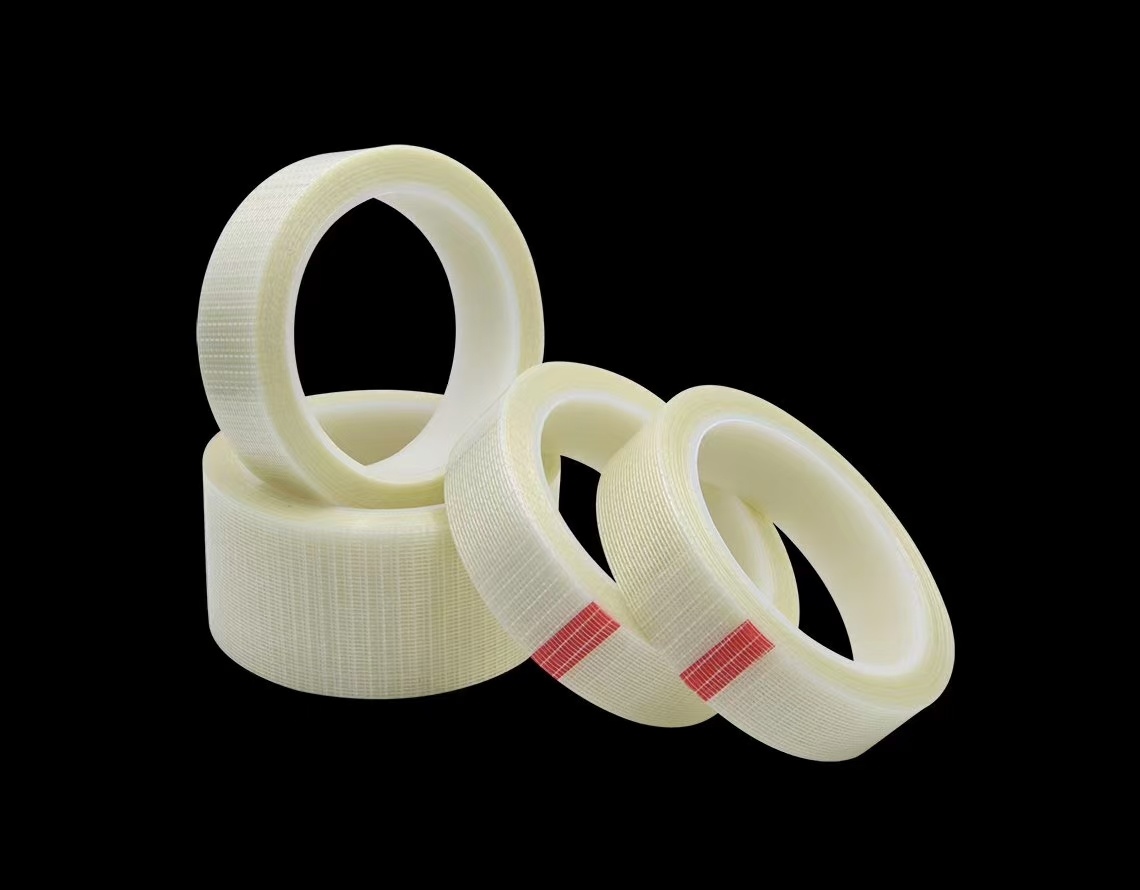Understanding 6520 Fish Paper Composite Material: A Key Insulation Solution in Electrical Engineering
The 6520 Fish paper composite material is gaining traction in the electrical engineering field, especially as a top-tier insulating solution. Known for its excellent electrical insulation properties, this composite material consists primarily of cellulose-based paper, which is processed to enhance its insulating capabilities. The term "Fish paper" originates from its traditional use in fishnet man
The 6520 Fish paper composite material is gaining traction in the electrical engineering field, especially as a top-tier insulating solution. Known for its excellent electrical insulation properties, this composite material consists primarily of cellulose-based paper, which is processed to enhance its insulating capabilities. The term "Fish paper" originates from its traditional use in fishnet manufacturing, but it has since evolved into a versatile material utilized in various applications, particularly in electrical insulation.
One of the most significant advantages of 6520 Fish paper composite material is its high dielectric strength. This feature makes it ideal for use in transformers, capacitors, and other electrical devices that require reliable insulation to prevent current leakage. The material can effectively withstand high voltages without compromising its structural integrity, which is critical in ensuring the safety and efficiency of electrical systems.
In addition to its electrical properties, 6520 Fish paper composite material is also renowned for its thermal resistance. It can operate efficiently in high-temperature environments without degrading, making it suitable for applications where heat generation is a concern. This thermal stability, combined with its electrical insulation capabilities, renders it a popular choice for insulating electrical components in motor windings, generators, and other high-performance machinery.
Furthermore, the environmental aspect cannot be overlooked. The cellulose fibers used in 6520 Fish paper are renewable and biodegradable, aligning with the increasing demand for sustainable materials in the electrical industry. As companies strive to minimize their environmental impact, adopting materials like 6520 Fish paper composite becomes a strategic choice.
Another key attribute is its versatility. The material can be manufactured in various thicknesses and can be treated with additional compounds for enhanced moisture resistance, further broadening its application scope. This adaptability allows engineers and designers to incorporate 6520 Fish paper composite material into a wide array of products and systems, ensuring optimal performance in diverse operational conditions.
In summary, the 6520 Fish paper composite material stands out as a robust solution for insulation in the electrical engineering sector. Its high dielectric strength, thermal resistance, eco-friendliness, and versatility make it an invaluable asset for professionals seeking reliable insulation options. As the demand for efficient and sustainable electrical components continues to rise, understanding the benefits and applications of this material will be crucial for anyone involved in electrical engineering and insulation solutions.
One of the most significant advantages of 6520 Fish paper composite material is its high dielectric strength. This feature makes it ideal for use in transformers, capacitors, and other electrical devices that require reliable insulation to prevent current leakage. The material can effectively withstand high voltages without compromising its structural integrity, which is critical in ensuring the safety and efficiency of electrical systems.
In addition to its electrical properties, 6520 Fish paper composite material is also renowned for its thermal resistance. It can operate efficiently in high-temperature environments without degrading, making it suitable for applications where heat generation is a concern. This thermal stability, combined with its electrical insulation capabilities, renders it a popular choice for insulating electrical components in motor windings, generators, and other high-performance machinery.
Furthermore, the environmental aspect cannot be overlooked. The cellulose fibers used in 6520 Fish paper are renewable and biodegradable, aligning with the increasing demand for sustainable materials in the electrical industry. As companies strive to minimize their environmental impact, adopting materials like 6520 Fish paper composite becomes a strategic choice.
Another key attribute is its versatility. The material can be manufactured in various thicknesses and can be treated with additional compounds for enhanced moisture resistance, further broadening its application scope. This adaptability allows engineers and designers to incorporate 6520 Fish paper composite material into a wide array of products and systems, ensuring optimal performance in diverse operational conditions.
In summary, the 6520 Fish paper composite material stands out as a robust solution for insulation in the electrical engineering sector. Its high dielectric strength, thermal resistance, eco-friendliness, and versatility make it an invaluable asset for professionals seeking reliable insulation options. As the demand for efficient and sustainable electrical components continues to rise, understanding the benefits and applications of this material will be crucial for anyone involved in electrical engineering and insulation solutions.






